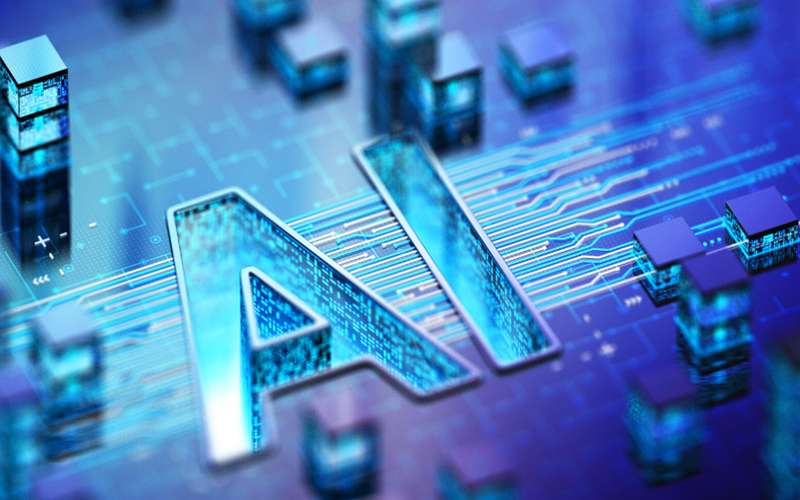AI models have the tall order to provide human-like accuracy. AI could provide unprecedented aid to several sectors with this ambitious goal. To achieve this in security, surveillance, autonomous vehicles, and medical imaging, organisations must have a vast arsenal of visual data. AI video annotation can put this data to the right use. Organisations looking for enhancements in their video annotation and AI models must start by understanding the key techniques of video annotation and what they are suitable for.
The agile operating model offered by Infosys BPM ensures seamless, platform-agnostic collaboration, whether using client-developed tools, open-source platforms, or third-party solutions. By combining human expertise with cutting-edge intelligent automation, the video annotation service delivers training data with over 98% accuracy while accelerating time to market.
AI video annotation techniques
Video annotation is a cornerstone of modern AI. Video annotation techniques are essential for training AI systems to interpret and analyse visual data effectively. The following techniques provide the precision and contextual understanding required for real-world applications.
Bounding boxes
Bounding boxes are the most widely used technique in AI video annotation for object detection and recognition tasks. These rectangular annotations outline objects of interest within video frames, providing precise spatial information. Annotators draw boxes around objects like vehicles, pedestrians, or animals, labelling their presence for AI training.
This method is particularly effective in scenarios where objects are clearly defined and not overly complex in shape. Bounding boxes enable AI models to identify object size, forming a foundation for tasks like autonomous navigation.
Although they are easy to implement, bounding boxes may not capture irregular shapes or finer object details. Their simplicity and efficiency make them ideal for quick labelling in applications such as traffic monitoring, surveillance, architecture, and robotics.
3D cuboids
3D cuboids are an advanced AI video annotation technique that goes beyond bounding boxes by capturing an object’s depth and volume. Annotators create these three-dimensional representations around objects, offering spatial context critical for AI systems.
This technique proves remarkably valuable in applications like autonomous driving, robotics, and augmented reality, where depth perception is essential. For example, 3D cuboids help autonomous vehicles estimate the distance and size of objects like cars or pedestrians.
Unlike bounding boxes, 3D cuboids account for the object’s orientation and spatial relationship within its environment. This added complexity requires more expertise and effort during annotation but delivers richer datasets.
By providing a comprehensive understanding of objects in three-dimensional space, 3D cuboids significantly enhance the accuracy of machine learning models. Their ability to capture depth and positioning makes them indispensable for real-world AI applications involving dynamic environments and complex interactions.
Polygons
Polygons are a highly precise video annotation technique designed for labelling irregularly shaped objects that bounding boxes cannot capture. Annotators use multiple points to outline an object’s exact contours, ensuring fine-grained accuracy. Polygons are used in autonomous driving to annotate road signs, pedestrians, and other non-rectangular objects in complex scenes.
Although polygon annotation demands more time and effort, it provides unparalleled accuracy and detail. Advanced annotation tools with automated segmentation features can streamline this process by reducing manual effort.
By capturing intricate shapes and precise boundaries, polygons enable AI systems to better understand and interact with real-world environments. Their ability to provide detailed insights makes them invaluable for applications requiring superior precision and contextual understanding.
Skeletons
Skeleton annotation maps key points on the human body or other objects. Annotators label joints or key features, connecting them with lines to create a “skeleton” representing motion dynamics.
Skeleton annotation plays a crucial role in security applications, analysing human movements. For example, it enables AI models to monitor body posture, gait, or gestures to identify potential threats.
This technique is especially effective in scenarios like crowd surveillance, where understanding motion patterns is critical for anomaly detection. Annotating key points ensures detailed motion tracking, even in low-resolution or crowded video footage.
Although skeleton annotation requires expertise to manage complex movements or occlusions, it provides unparalleled insights into human behaviour. By offering detailed motion analysis, skeleton annotation enhances security systems, helping AI solutions detect risks proactively and improve situational awareness in real time.
Semantic segmentation
Semantic segmentation is a detailed video annotation technique that labels each pixel in a frame with a specific category. Unlike bounding boxes or polygons, this method provides a complete understanding of scene composition by differentiating between objects and their surroundings at the pixel level.
In security applications, semantic segmentation is vital for detecting and analysing complex environments. This AI video annotation method allows us to distinguish between vehicles, pedestrians, and infrastructure in surveillance footage. Assigning granular labels ensures AI models can interpret every aspect of a scene with precision.
This technique is particularly valuable in scenarios requiring high accuracy, such as autonomous vehicles navigating dynamic environments or detecting anomalies in public spaces. Although labour-intensive, advanced tools with automated segmentation features can streamline the annotation process.
By delivering unmatched detail, semantic segmentation enables AI systems to make informed decisions, enhancing safety and performance across a wide range of real-world applications.
Conclusion
Video annotation is the bridge between raw data and actionable AI capabilities, shaping how machines perceive and respond to the world. Its techniques enable. As AI video annotation evolves, AI models can navigate complex environments, anticipate dynamic scenarios, and deliver transformative solutions across industries.
The future of AI video annotation lies in its collaboration with automation, innovation, and human expertise, driving efficiency and unlocking new possibilities.








